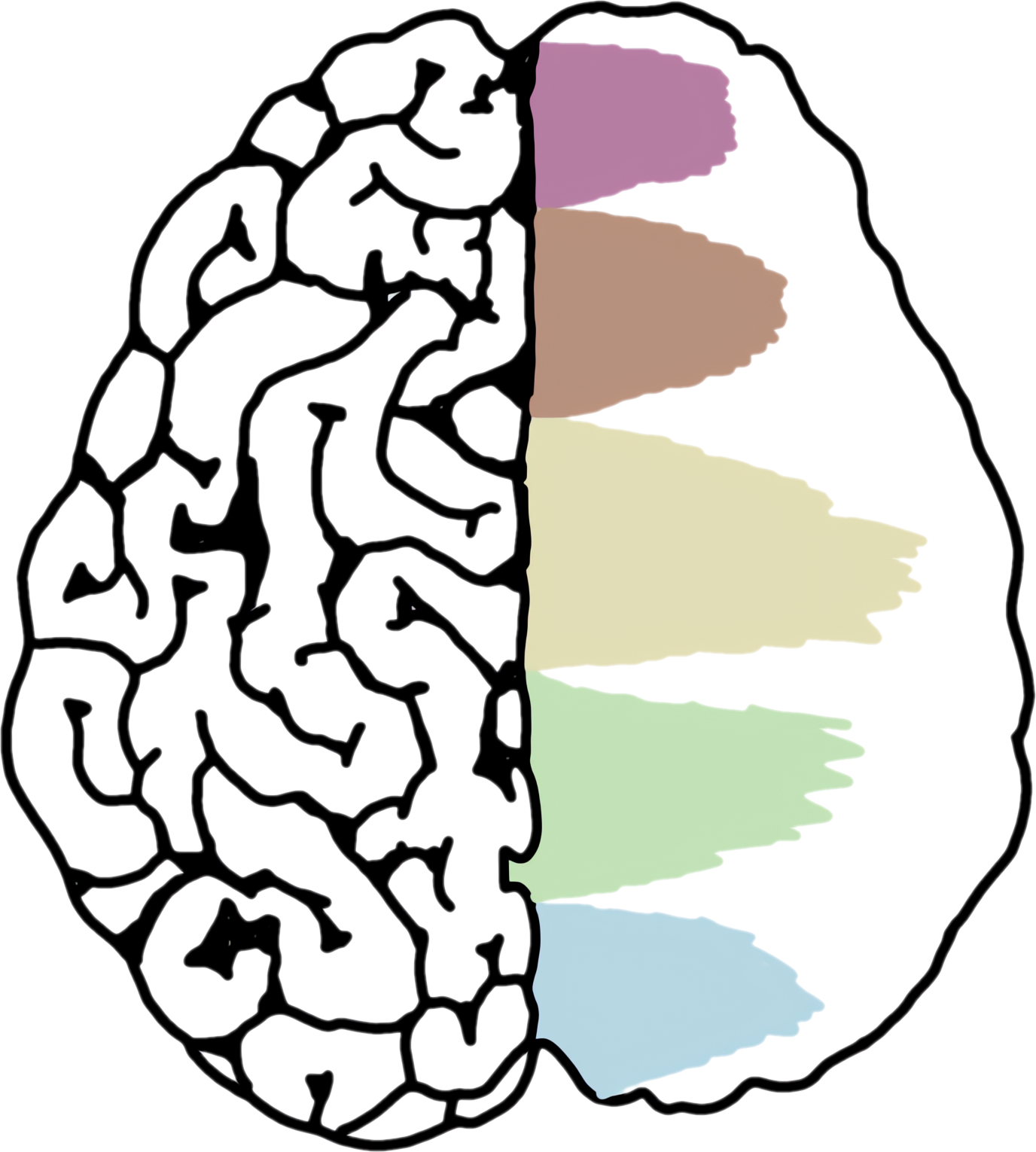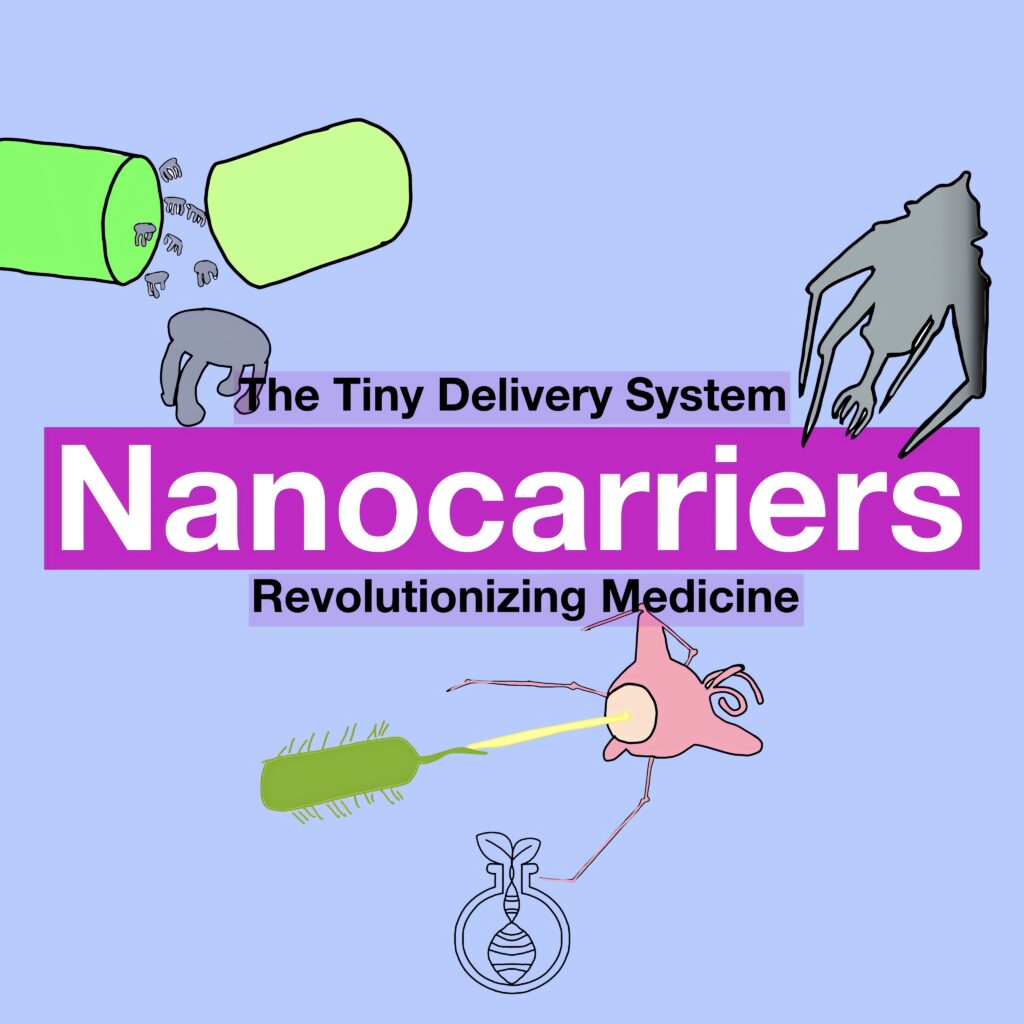Have you ever wondered if it’s possible to grow a mini-brain in a lab? Sounds like something straight out of a science fiction novel, doesn’t it? Well, it’s real—and these miniature brains are called human organoids. What’s fascinating is that they aren’t just some random blob of cells. These tiny, brain-like structures are helping scientists study some of the most devastating diseases, like Alzheimer’s and Parkinson’s, in ways we couldn’t before. But how exactly do these “mini-brains” work, and what do they mean for the future of medicine? Let’s dive into this fascinating field.
What Exactly Are Human Organoids?
Imagine taking a few cells, placing them in a dish, and coaxing them to grow into something that looks and functions like a miniature organ. That’s what human organoids are. They’re three-dimensional structures grown from stem cells that mimic the architecture and behavior of real organs. But don’t get the wrong idea—these organoids aren’t full-fledged organs. Instead, they’re simplified, scaled-down versions. Think of them as tiny models that replicate some of the essential features of organs like the brain, heart, liver, or kidneys.
In the case of cerebral organoids (mini-brains), scientists take stem cells and guide them to develop into clusters that resemble parts of the human brain. These mini-brains are roughly the size of a lentil, but don’t let their small size fool you. They’re powerful tools in studying how the human brain forms, functions, and—more importantly—how it can go wrong.


The Magic of Studying Diseases
Let’s face it: the brain is one of the most complex organs in the human body. Understanding it has always been one of the greatest challenges in science. When it comes to diseases like Alzheimer’s or Parkinson’s, we’re often left in the dark about the exact causes or how to stop them. Traditional research methods like animal testing or even studying brain cells in a petri dish don’t fully capture the intricacies of the human brain. This is where mini-brains come in.
Using cerebral organoids, researchers can observe what happens inside a brain-like structure that is more biologically similar to ours. Imagine watching brain cells misfire in a dish, witnessing how Alzheimer’s causes neurons to deteriorate or how misfolded proteins in Parkinson’s lead to the loss of motor control. With these organoids, we can directly see the effects of these diseases on a human-like brain, which was previously impossible.
But it doesn’t stop there. Scientists are also using these mini-brains to test drugs that could treat these diseases. Instead of experimenting on people or animals, researchers can test potential therapies on organoids. This speeds up the process of finding treatments, making it safer and more efficient. We’re already seeing some promising results from drug testing on cerebral organoids, bringing hope for faster breakthroughs in neurological treatments.


Beyond the Brain: The Potential for Organoids in Medicine
Although mini-brains tend to get a lot of attention, organoids aren’t limited to just the brain. Scientists have also developed organoids that mimic the lungs, liver, intestines, and kidneys.
Imagine the possibilities here—being able to study complex diseases like liver cirrhosis, cystic fibrosis, or even cancer in a lab setting that’s far more realistic than a petri dish of cells.
Organoids are also proving incredibly useful for personalized medicine. Let’s say you have a liver disease. Doctors could potentially grow a mini version of your liver, test different treatments on it, and determine which one works best for you. This would lead to customized treatments designed for your unique biology. The potential is mind-blowing, right?
The Ethical Debate: Where Do We Draw the Line?
Now, you might be thinking, “This sounds amazing, but are there any downsides?” Great question! While the science behind organoids is remarkable, it comes with its own set of ethical dilemmas—especially when it comes to cerebral organoids.
Some people worry about whether these mini-brains could become conscious. After all, they contain neurons, the cells responsible for thinking, feeling, and remembering in a real brain. So, could a mini-brain feel pain? Could it develop awareness? Right now, the consensus among scientists is that the mini-brains we’re growing today are far from becoming conscious. But as technology advances, it’s a question we’ll need to address.
There are also broader ethical concerns about how organoid technology might be used in the future. Could it be commercialized in unethical ways, like growing organs for profit? Or what if people misuse it to create biological parts that are exploited? The discussions around these issues are ongoing, and researchers agree that careful regulation is needed to ensure that organoid technology is used responsibly.


Human Organoids: The New Future
Human organoids, especially mini-brains, are revolutionizing our approach to studying diseases. They provide us with a window into the human body that was once unimaginable, allowing us to observe how diseases like Alzheimer’s and Parkinson’s unfold and test treatments in ways we couldn’t before. However, as with any new technology, there are ethical considerations we must carefully navigate.
So, next time you hear about scientists growing “mini-brains in a dish,” remember that these aren’t just lab curiosities—they represent a giant leap forward in medicine. The ability to grow and study human-like organs in a dish could change everything we know about the body and, more importantly, how we treat its most complex diseases.
We’re standing on the edge of a new era in medical research—one that holds the potential to unlock cures for diseases that have long eluded us.




My name is Ali Emre Cabadak, a dedicated biology enthusiast currently pursuing my studies at Marmara University, where I am majoring in Bioengineering. As a passionate advocate for scientific discovery and innovation, I am the founder of Biologyto. My goal is to bring the wonders of biology closer to everyone and inspire a new generation of thinkers and innovators. Through Biologyto, I aim to write scientific articles that delve into the fascinating world of biology, sharing insights and discoveries that inspire curiosity and innovation.





